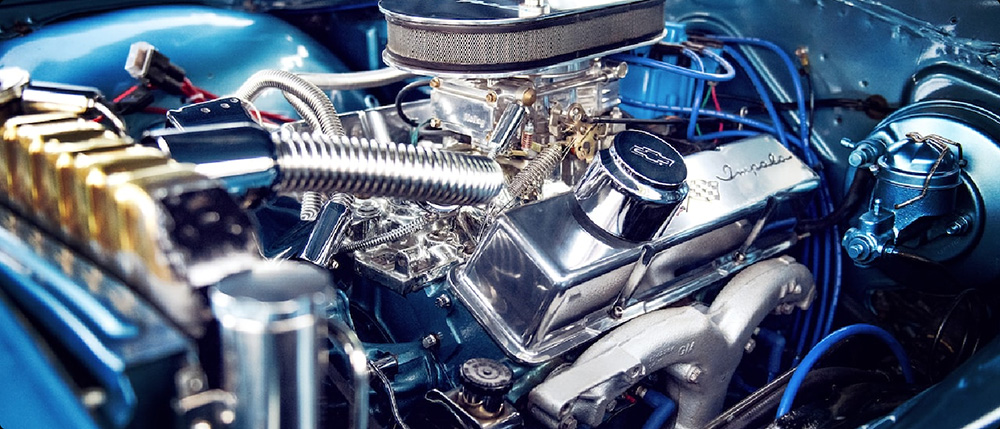Imagine a robot arm flexing smoothly, seamlessly shifting from one task to another. The secret behind this fluid motion? The joints. Not just any joints, but the right types of robotic joints that make machines move like they're alive. When you peek under the hood, you'll find varied joint types, each with their personality, purpose, and quirks—agreeably fascinating stuff.

First up, spherical joints—think of them as the human shoulder. They offer a full range of motion, spinning, tilting, and rotating in ways that make a robot as versatile as a gymnast. You see them often in robotic arms that need to reach into tight corners or perform complex maneuvers. Their ball-and-socket design gives that angular freedom, crucial when precision and flexibility are king.
Then come revolute joints, the classic pin joints that allow rotation around a single axis. Imagine twisting a lid in your hand—that’s the kind of movement these joints excel at. They're straightforward but powerful, ideal for tasks where rotation precision is key, like in automotive assembly lines or in robotic welding arms. Their simplicity makes maintenance easier while delivering reliable performance.
Linear joints are another story. They slide back and forth, much like the motion of a piston or drawer. Perfect for applications needing linear extension or retraction, such as picking up objects or pushing components into place. Their linearity simplifies control algorithms and enhances positional accuracy, a win in packaging or material handling.
Sometimes, hybrid joints come into play—combining revolute and linear motions. This is especially handy when space constraints demand compact solutions without sacrificing degrees of freedom. For example, a robotic gripper that extends and rotates to grasp fragile items with delicate precision.
What makes a company like KPOWER stand out? It’s the finesse in choosing the right joint configuration for each job. Whether it's shaping a robotic limb for flexible maneuvering or reinforcing stability in high-stress operations, the selection process is critical. Knowing the strengths and limitations of each joint type ensures that the robot performs consistently, with fewer breakdowns and smoother operation.
Have you ever wondered how these joints are built? It’s a blend of engineering precision and creative problem-solving. Bearings, motors, gears—each plays a role. And the way they’re integrated directly impacts the robot’s lifespan and performance. Making sure each component is matched perfectly is a science and an art.
Robotic joints can transform a simple machine into an adaptable tool set. Your choice can influence everything—from the speed of production lines to the finesse of delicate assembly. It’s not just about moving parts; it’s about empowering automation with options tailored to real-world needs.
That's why understanding these types isn’t just technical trivia. It’s about unlocking potential in every movement. Whether you’re designing a robotic system for intricate tasks or heavy-duty work, the right joint setup matters. It’s the soul of an intelligent machine, really. When you look at it that way, selecting the right joint isn’t just engineering—it's crafting the future of robotics.
Leveraging innovations in modular drive technology, Kpower integrates high-performance motors, precision reducers, and multi-protocol control systems to provide efficient and customized smart drive system solutions.




































